When you cut yourself, the body responds by flooding that area with platelets. The function of platelets is to help your blood clot around the cut to create a protective layer and stop blood from flowing out. As an outdoor enthusiast or a survivalist, you should know how to tell if a cut is infected and to know how to treat an infected cut to prevent it from getting worse. A blood clot is made up of numerous blood cells and fibrin, a thread-like substance that is meant to hold the clot in place. If the body is functional, a scab will be formed over your cut.
The function of this scab is to protect the wound from getting infected. Without it, your blood is left exposed allowing harmful bacteria to enter the body, creating an infection and making you sick. Scabs form and later fall off to reveal a new skin and a scar tissue. You already know this since it is highly unlikely you have never had a scraped knee or a small cut before.
While the clotted blood is meant to protect your interior body against any bacteria, sometimes things do not work out as expected, and your wound becomes infected. An infection may occur as a result of being cut by an infected object or because of environmental factors such as dirt finding their way into the blood before you had the chance to wrap the cut. That is why a first aid approach to treating the cut with a disinfectant is helpful. In such a case, you can spray the wound using a disinfectant and then cover it with a bandage to prevent exposing it to the environment. This technique will help kill off bacteria and prevent entry of foreign materials into the wound. Our interesting article on treating wounds with sugar will surely interest you, so check it out soon.
If an infection is not treated, it can get worse with time, causing a lot of trauma to the cut and the surrounding tissue. With the untreated infection, your body will begin generating pus in the wound and surrounding areas, and possibly some blistering in extreme cases of infection.
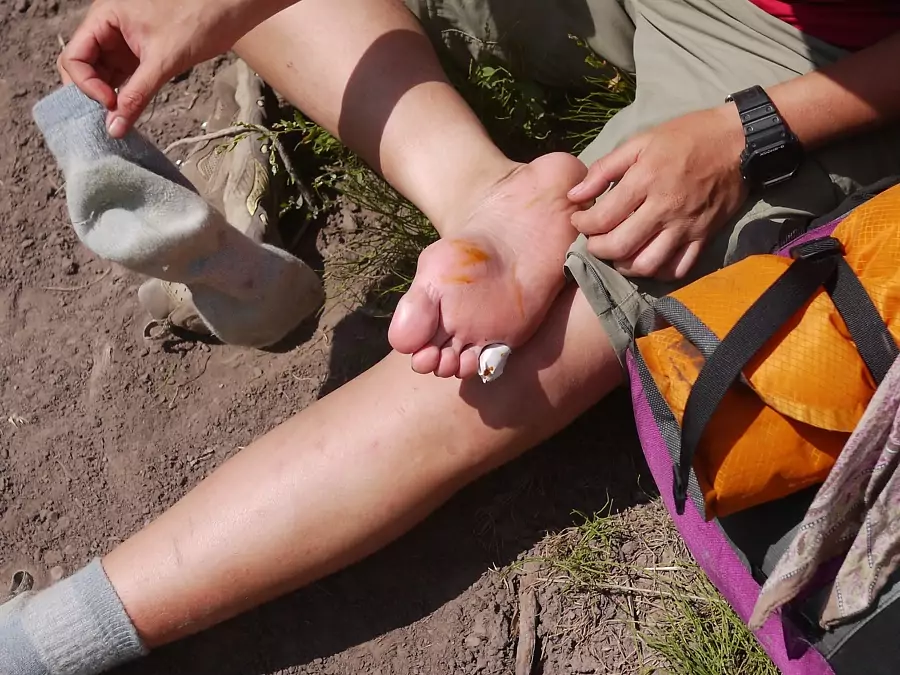
In such cases, you may even notice red lines that run from the wound towards the heart, which is a sign indicating septicemia.
Allowing things to reach this level is incredibly dangerous and could be fatal. If you happen to have these symptoms, treatment of the wound is beyond your capacity, and you should make an effort to see a doctor for advice and treatment.
Septicemia happens when blood contaminated from an infection begins to poison your body. While this is one of the worst things which can happen from a cut, it is not the only severe and life-threatening ailment that can result from an infected wound.
Staph infection, toxic shock, and gangrene are other possible conditions that could be a result of a cut infection gone wrong.
Therefore, you should take all the necessary measures to ensure the wound is protected. Do not ignore any pain or discomfort. Get the wound checked as soon as you begin feeling a bit concerned. Infection is not a joke. Take care of all your cuts and wounds, and if things become serious, you can always seek medical advice.
Check out our article on homemade first aid kits to give your more insight on what to add to your bag.
Defining An Infected Cut
If some part of your skin is injured, or there is a break on it, that is said to be a wound or a cut. Some wounds result from a surgical process while others are due to trauma such as a bite, an accident, a fight, or using a weapon such as a knife, a gun, or stone.
You can be treated for the traumatic and surgical wounds. Nonetheless, if the wound is not well maintained, or is left open for long, there is a possibility that it would become infected. This also pertains to blisters that can get infected. So read our piece on how to treat a blister and prevent it from worsening to help you.
If the wound is clean, then you have a good chance of fast healing. Small cuts such as scratches can be left free of medical dressing and can heal without stitches if they are kept clean throughout.
Nevertheless, larger cuts would require medical attention and may need you to get stitches as well as a tetanus shot.
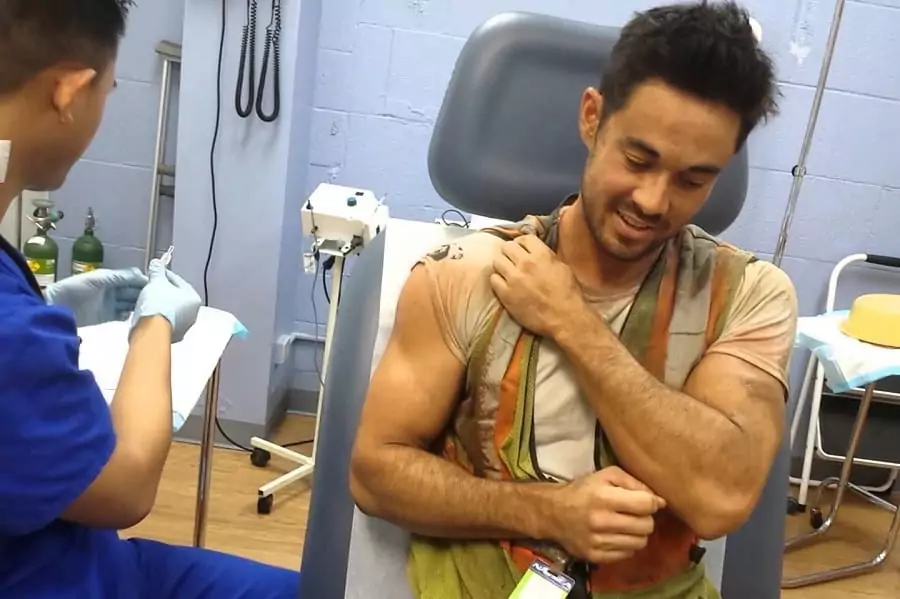
Wounds that are not cleaned easily attract germs in the form of viruses, bacteria, and fungi, leading to the occurrence of an infection. An infection may occur on the edges of the cut, in the whole wound or may even spread further inside the body.
Apart from the trauma wounds, the surgical wound can also become infected. An infected surgical cut can also be referred to as a “surgical sire infection.”
Microscopic germs are present on everyone’s skin. A wound which breaks the top layer of the skin can leave room for the germs to get in and spread underneath, causing an infection to develop. After this has occurred, it will be difficult for the skin tissues to heal.
The skin is a barrier that helps protect you against fungus, viruses, and bacteria. After the surface of the skin is broken, you are vulnerable to infections if you hesitate to take any precautionary measures.
If you are not aware of how to treat or manage an infected cut, read along, and we will tell you how.
The Basic Of Treating Infected Wounds
In a survival condition, some level of wound infection cannot be avoided. Swelling, pain, and redness around a cut, increase temperatures, and plus development on a dressing or wound indicate the presence of an infection.
To treat an infected cut:
- Place a warm and moist compress on the infected area. When it cools, change the compress. This technique should last about thirty minutes. Compresses can be applied three to four times every day.
- Drain the cut. Open and slowly probe the infected area with a sterile object.
- Dress and bandage the cut
- Take a lot of water
This treatment can be done daily until the signs of an infection have disappeared.

In case you do not have any antibiotic and the cut is severely infected, does not reconstruct, and it’s impossible to heal, you can consider maggot therapy. Although its hazards, this technique can be helpful. Maggot therapy involves the following:
- Exposing the wound flies and covering it after a day
- Checking daily for maggots
- Covering and checking the wound daily after the maggots have developed
- Removing maggots once all the dead tissue has been cleaned out. An increase in pain and the scene of bright red blood indicate dead tissue is cleaned out and maggots have reached the healthy tissue
- Flushing the wound repeatedly using water to remove the maggots
- Checking the wound periodically each day to ensure maggots have been removed completely
- Bandaging and treating the wound, allowing it to heal normally
Fungal infection
Keep the skin dry and clean, and expose the infected cut to as much light as possible. Do not make a mistake of scratching the affected area.
In the Southeast Asian conflict, military personnel utilized antifungal powders, chlorine bleach, lye soap, concentrated salt water, iodine, vinegar, and alcohol to treat their fungal infections, getting varying levels of success. With an unorthodox treatment method, use it with caution.
What Are The Signs Of An Infected Cut?
When recovering from an injury or surgery, it is imperative to keep a keen eye on the wound to avoid any possible infections. The risks of an infection are increased by medications, certain chronic conditions, poor hygiene, and psychological factors.

Even after all the necessary precautions have been taken to prevent an infection, other factors beyond control could cause you to develop an infection.
Microorganisms such as bacteria may get into the cut, multiply, and destroy the tissues of your skin, causing systematic illness and a slow healing process. If you happen to identify these signs, seek medical advice as soon as possible to get your infected wound treated.
- Feelings of Malaise. This is a common non-specific symptom of localized systemic infection. Malaise is a feeling or fatigue and lack of energy that makes you sleep more than usual and unable to complete normal activities.
While this is a feeling that is often linked to recovery from surgery, there is a huge difference between what is a sign of infection and a normal surgical recovery process. People recovering from surgery without infection feel better with time while those who have contracted an infection feel better and then suddenly begin feeling exhausted. - Running a Fever. This can decrease your appetite and cause you to have headaches. Running a fever of about a hundred degrees Fahrenheit or less is following surgery.
If temperatures go beyond this range, say 101 degrees Fahrenheit, it may be indicative of an infection. If that occurs, consult your physician immediately. Always remember that is the fever results from an open or chronic cut, antiseptic in the form of impregnated dressings that contain silver or honey can of great help. - Fluid Drainage. Having some fluid drainage from a cut can be quite normal. Expect slightly yellow-colored or clear fluid to drain from a cut wound. If the fluid is green and cloudy or has a foul smell, this could indicate some sort of infection.
You can manage a healthy wound drainage using absorbent dressings such as hydrocolloids or using a negative pressure therapy. You can contact your medical practitioners to find out what kind of supplies you will need to treat your infected wound. - Increased or Continual pain. While pain is a normal thing after a cut or surgery, it should subside as the body begins to heal. Prescriptions can help, but with time, you should be able to stop using them comfortably.
To avoid unwarranted pain, follow the wound care directions of your doctor and avoid strenuous activities. In case you continue experiencing pain, or your pain increases suddenly, it could be an indication of an infection. Try treating the infection and if that is difficult, consult your doctor for medical assistance. - Swelling and Redness. Some redness at the wound site is normal, but this should subside with time. Nonetheless, if your cut or wound continues to exhibit radiating streaks called lymphangitis, this is a sign that an infection has occurred.
Some swelling is also to be expected, but this should decrease with time. If the swelling does not subside during the initial stages of the healing process, your cut could be infected. - Hot incision site. After an incision has taken place on a wound, your body sends blood cells to the site to fight the infection. In return, this may make the cut or incision to feel warm. However, if the hotness persists, it may lead to other symptoms of infection.
Tips for Treating Infected Cuts
Most small cuts heal in a few days if they are not infected. Any tiny scratch can allow viruses, bacteria, and parasites to get into your body causing serious and life-threatening infection.
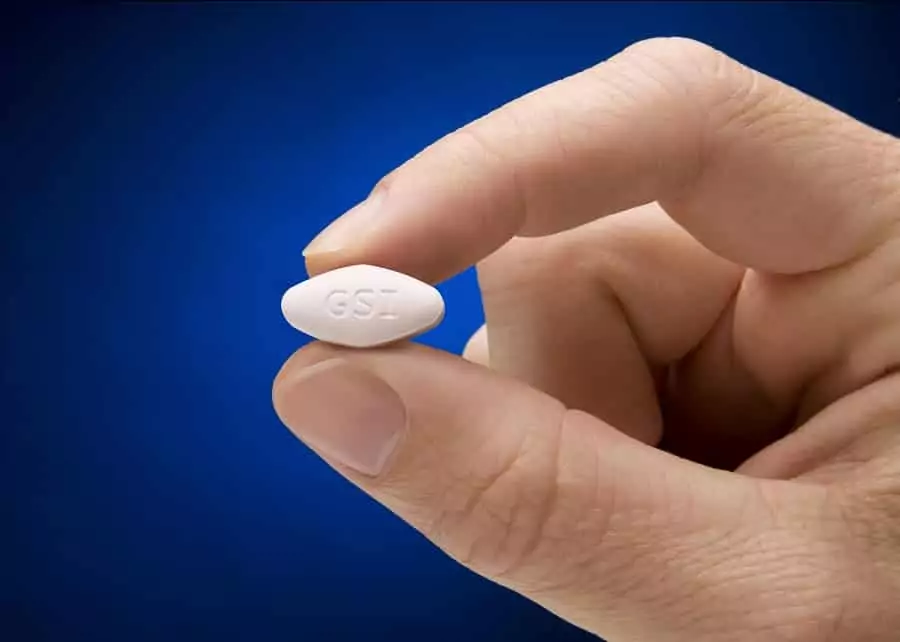
Often, the first sign of an infection is pain which gets with as day goes by. Later, the infected wound becomes warm, red, and swollen, and may carry some pus in it.
- Step 1: Carefully examine the infected cut. Look for boils or pustules that are warm, red, swollen and painful. These kinds of symptoms could indicate methicillin-resistant Staphylococcus aureus (MRSA), a skin infection which can spread to others.
- Step 2: Measure your temperature with a thermometer. Fever, which is often an oral temperature above 101 degrees Fahrenheit indicates a serious wound infection.
- Step 3: Drain the wound or cover the opening using a sterile bandage using your hands. Do not disinfect, pop, or drain the wound yourself as the infection could spread, and if it’s as a result of MRSA, it can be difficult to treat.
- Step 4: Contact a health practitioner for instructions. Depending on the age, temperature, symptoms, and general health, and the location and depth of a cut, you might be advised to continue treating it at home or in a clinic
- Step 5: Follow the instructions of the health care professional. If the wound is not deep and you don’t have a fever or symptoms of MRSA infection, you can apply antibiotic cream. You can also apply warm and wet compresses a number of times until the cut heals. Nonetheless, if you suspect a MRSA infection, you may need to undertake an incision and drainage under conditions that are sterile. For an incision and drainage, a medical practitioner will numb and clean the infected cut. To drain out the pus, they will use a sterile scalpel to cut the infected wound to create a path for the pus to flow. Once the drainage has been cleaned from the skin, a sterile dressing will be placed over the cut to protect it from any foreign objects. The doctor may also prescribe some antibiotics to get rid of the infection; however, the incision and drainage procedure is sufficient.
- Step 6: It is advisable to take all the prescribed antibiotics according to the instructions given by the physicians. If you stop taking the medication without completing the full course, you will not be able to eliminate the bacteria, and they could become resistant to the medication, making it difficult to treat the infection.
- Step 7: In case there are no improvements within 48 hours of antibiotic treatment, you may be required to change your medication or drain the infection once more.
Warnings – An infection on your skin can spread to your joints and bones. Individuals with certain conditions such as arthritis, diabetes, hemophilia, and sickle cell anemia are at a higher risk of contracting infection compared to people who are healthy.
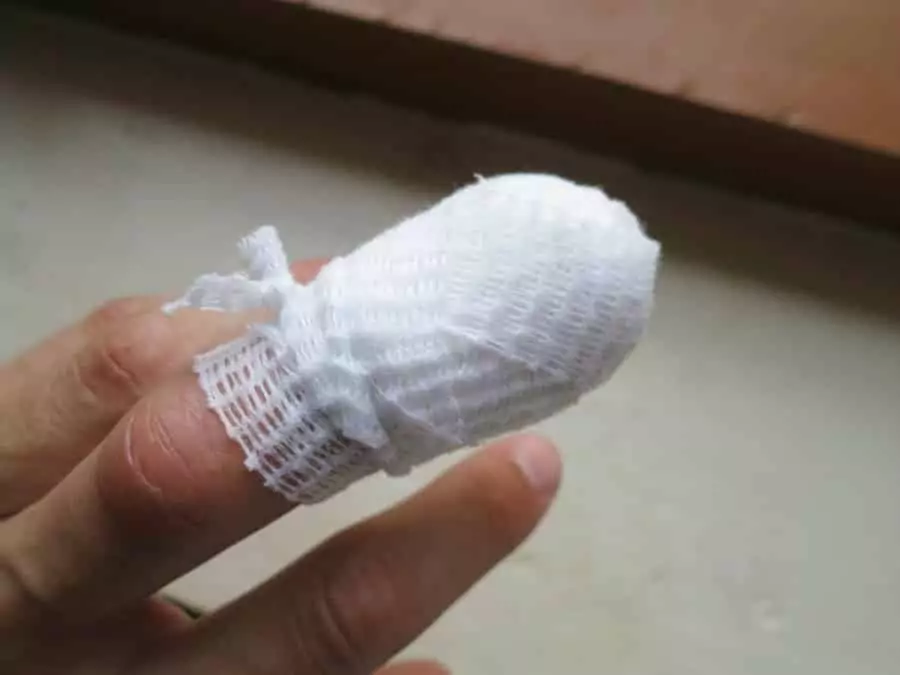
Additional tips – To prevent a wound or a cut from getting infected, clean the area with water and soap once you have controlled your bleeding. After that, apply a sterile dressing to keep out bacteria. If you are not able to clean the cut thoroughly, contact your physician for medical assistance.
Avoid cleaning a wound or cut with peroxide, iodine or alcohol as these could damage the delicate tissues. However, some of these options, the use of alcohol, for instance, are suitable for an outdoor situation where accessing medical help could be problematic.
Final Words
Do not gamble with your health. While the body will in most cases do an excellent job of preventing bacteria from getting into your body by flooding the site with platelets which clog up blood, the body cannot prevent complications from taking place. If the equipment or tool that cut you had some bacteria, or if grime or dirt got onto the cut once you began bleeding, it will be infected. Additionally, an infection is not always left to your immune system to handle. You need to take the initiative to ensure that it is properly cleaned and well-dressed to prevent harmful bacteria from getting in and creating havoc.
Therefore, while indoors or outdoors, make sure you take all the necessary measures to ensure the cut does not get infected. Spray a disinfectant, bandage it and keep it clean always. If you happen to notice some signs of infection, get the wound checked right away!
For more information, read our article on first aid kit for hiking to ensure that you have the right medicines in case of emergencies.
So, did you find this article useful? Please let us know. Be sure to leave your view in the comment section below. Shares will be highly appreciated.

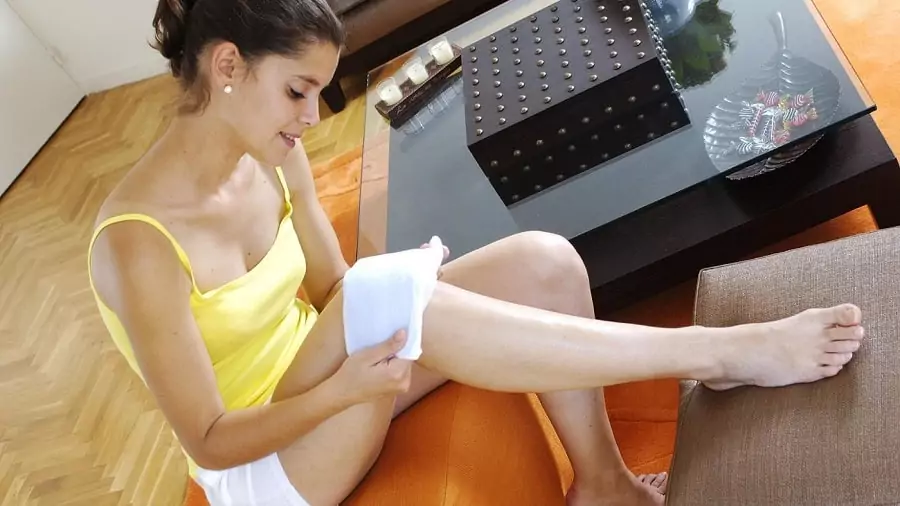




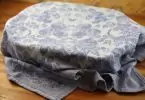
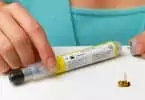
Last time we went backpacking, my girlfriend fell and got a nasty cut on the leg. We had to stop for a little while to clean and dress the wound so it does not get infected. Good thing we were on our way back when it happened so she was able to get some help soon enough. Thanks for sharing the tips on the signs of infection and basic care for an infected wound. These will be useful in case of an emergency.
Glad it helped Greg! Being outdoors can be tough especially if a buddy or a family member is injured. Just make sure you take care of the wound immediately and have a first aid kit close by.
Cuts are not uncommon when backpacking, God knows I have had a few myself. Thank you, John, for sharing these first aid tips on how to care for cuts and the signs of infection. We do no want what started out as a simple cut to turn into a big problem with a nasty infection. Thank you.
You’re welcome! Just be sure that your first aid kit is equipped with proper OTC meds, creams and bandages to properly care for any cuts. The key is being prepared and being vigilant, if I may add.